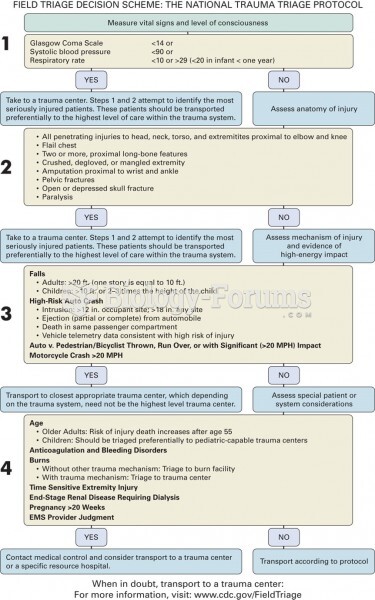Answer to Question 1
An effective means of keeping the organizational hierarchy flat is to decentralize authority to lower-level managers and nonmanagerial employees. When lower-level managers have the responsibility to make important decisions, the problems of slow and distorted communication are kept to a minimum. This increased responsibility can increase motivation by making lower-level jobs more interesting and rewarding. In addition, fewer managers are needed because their role is not to make decisions but to act as coach and facilitator and to help other employees make the best decision. Finally, decentralizing authority allows an organization and its employees to behave in a flexible way, even as the organization grows and becomes taller.
Although more and more organizations are taking steps to decentralize authority, too much decentralization has certain disadvantages. If divisions, functions, or teams are given too much decision-making authority, they may begin to pursue their own goals at the expense of the organization's goals. Furthermore, with too much decentralization, a lack of communication among functions or divisions may prevent synergies among them from materializing and organizational performance may suffer.
Answer to Question 2
The hierarchy of authority is an organization's chain of command (the relative authority that each manager has) extending from the CEO at the top, down through the middle managers and first-line managers, to the nonmanagerial employees who actually make the goods or provide the services. In a hierarchy, each lower position is under the supervision of a higher one; as a result, authority links and integrates the activities of managers and employees across hierarchical levels.
The term span of control refers to the number of subordinates who report directly to a manager. As an organization grows and the problem of integrating activities within and between functions and divisions increases, the organization typically increases the number of levels in its hierarchy. As it does so, the span of control narrows.







